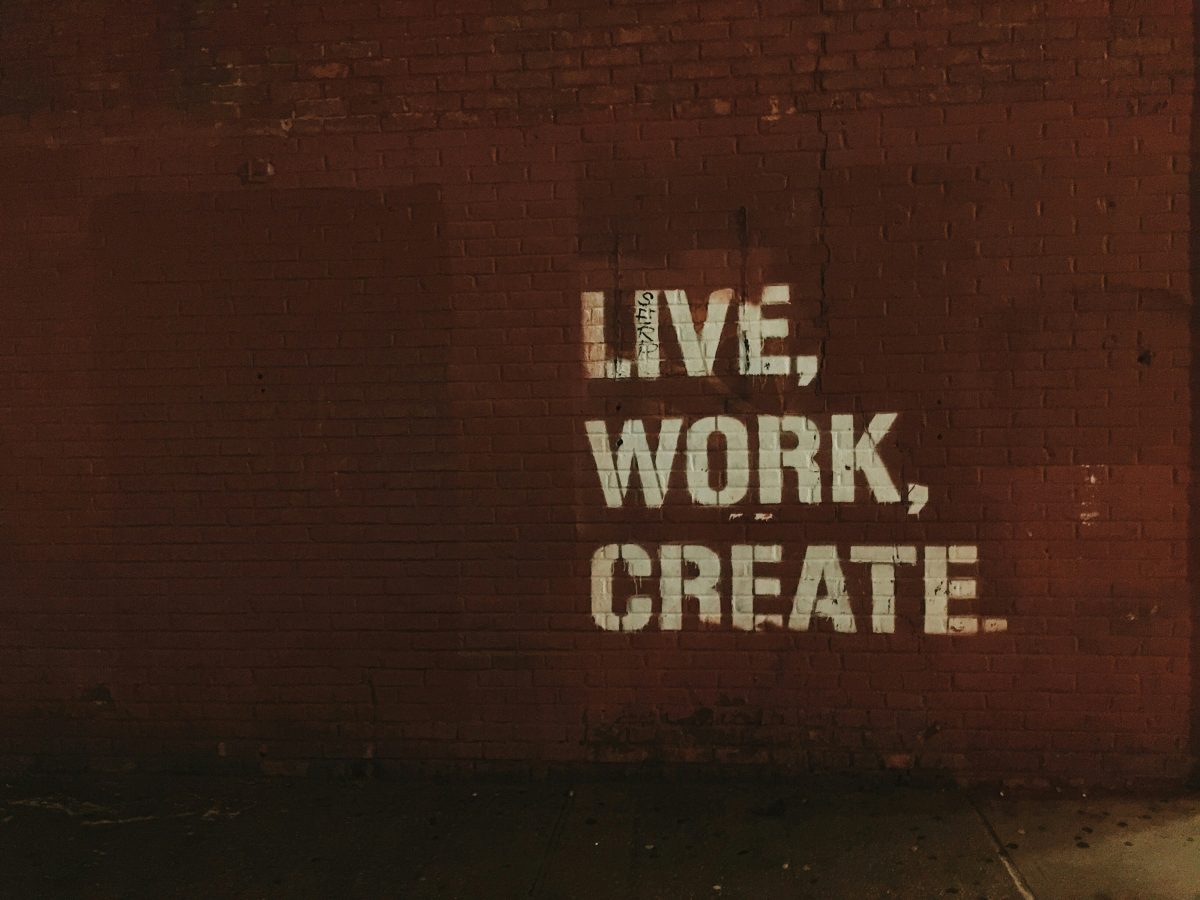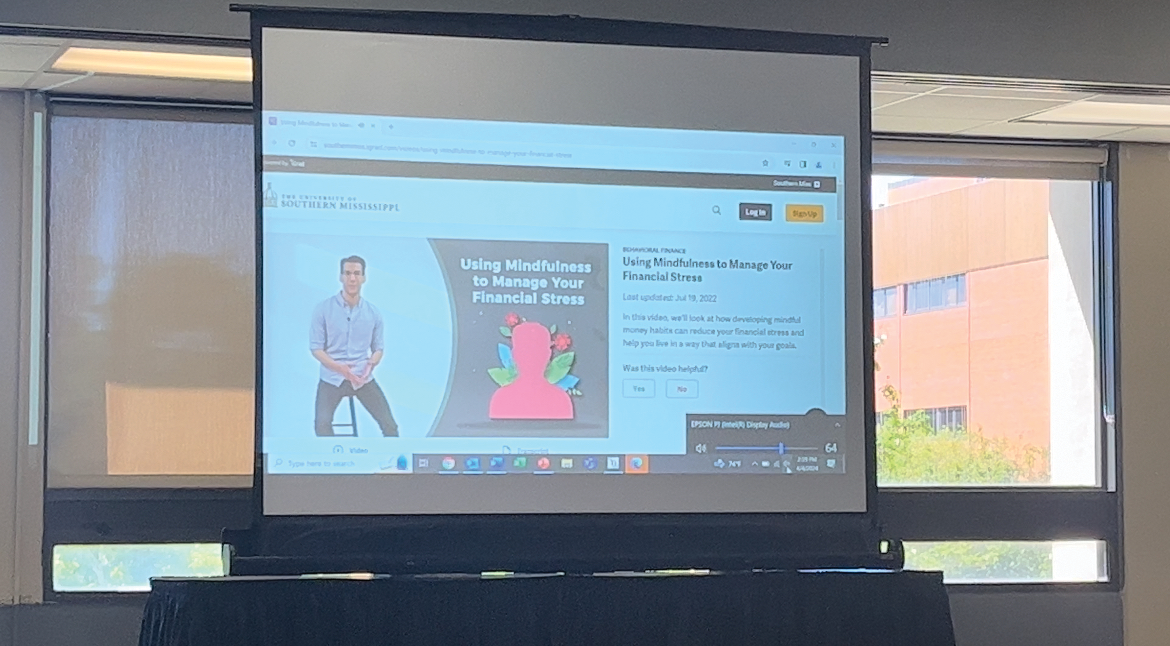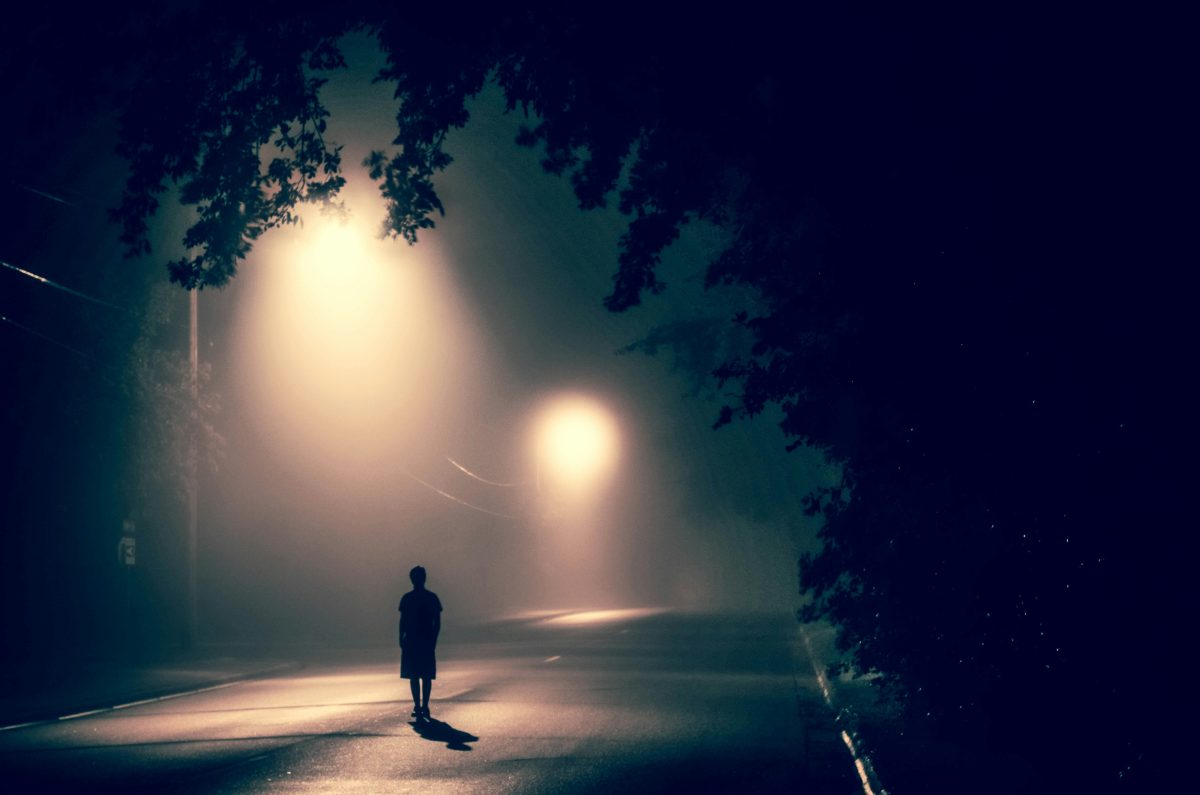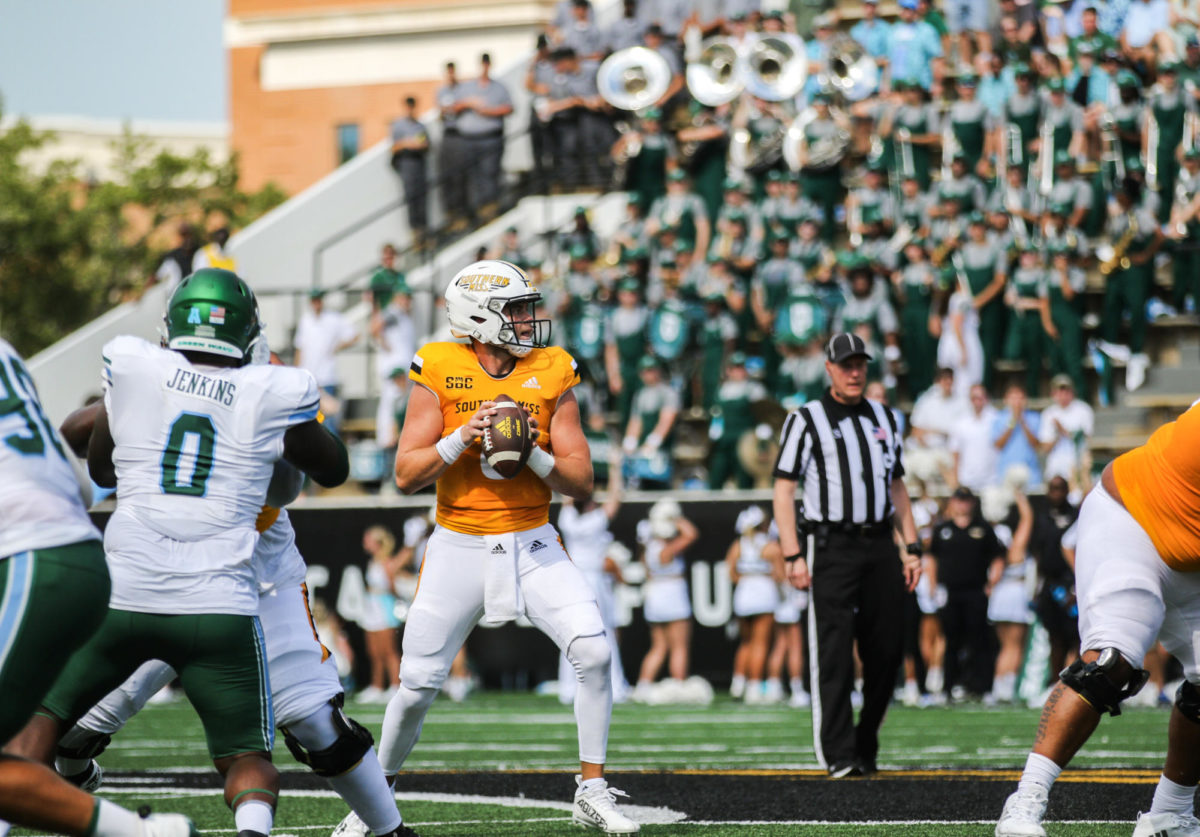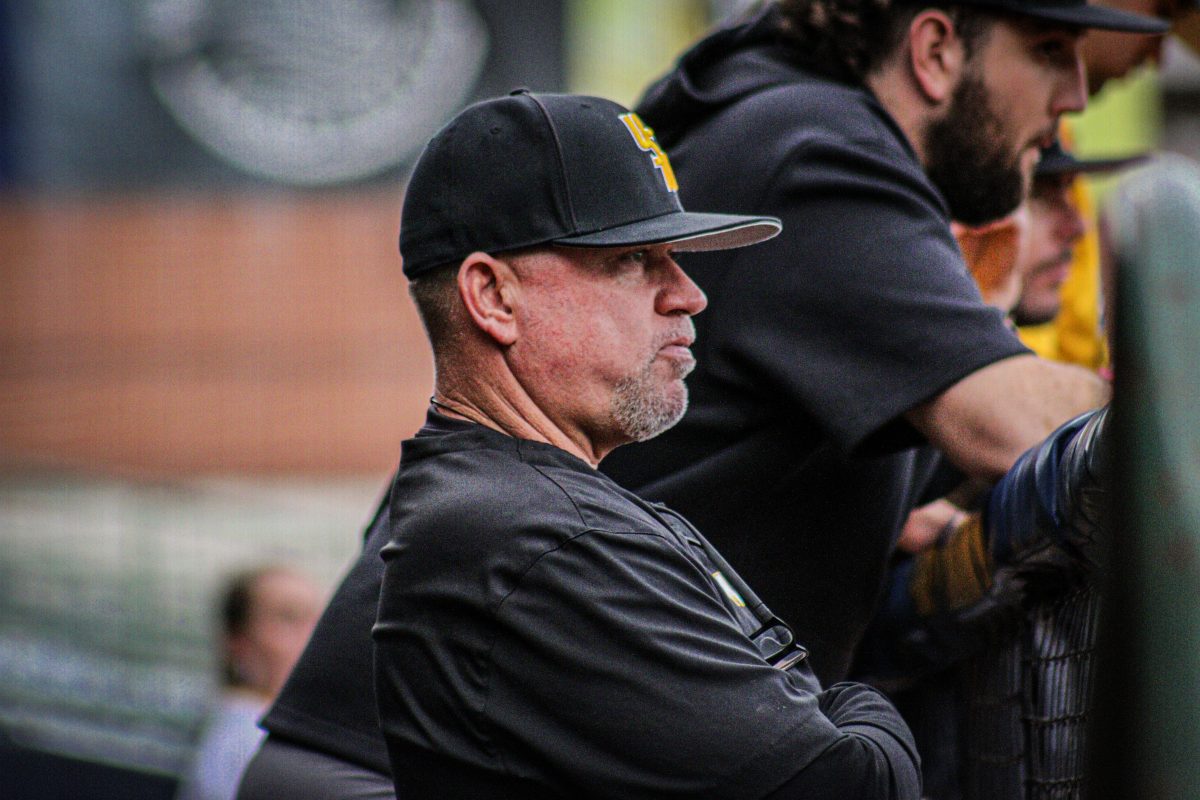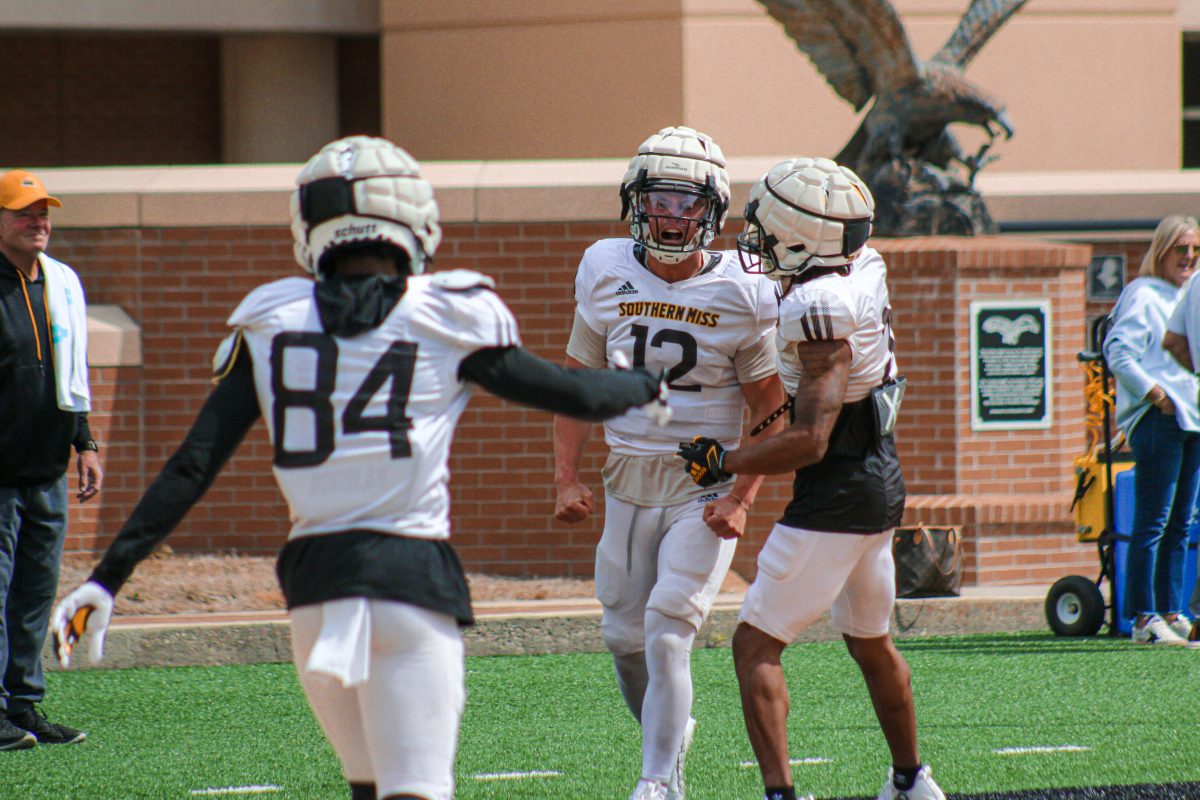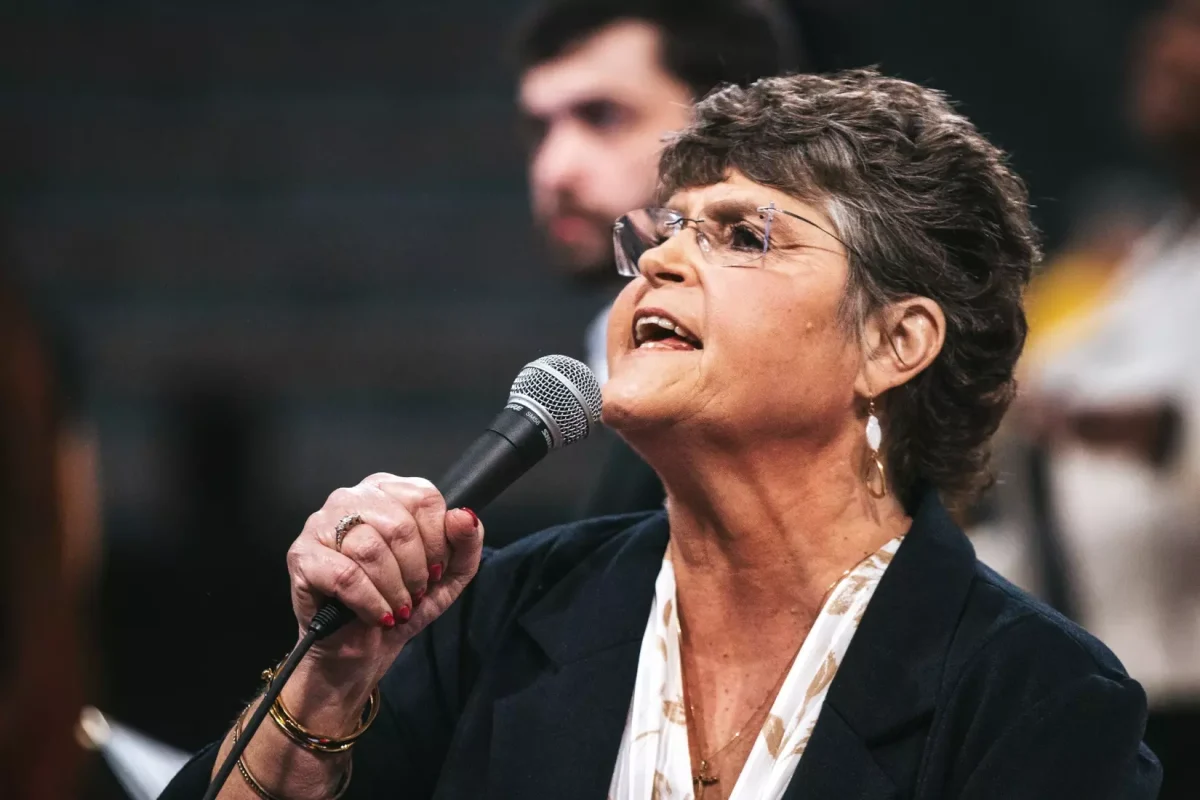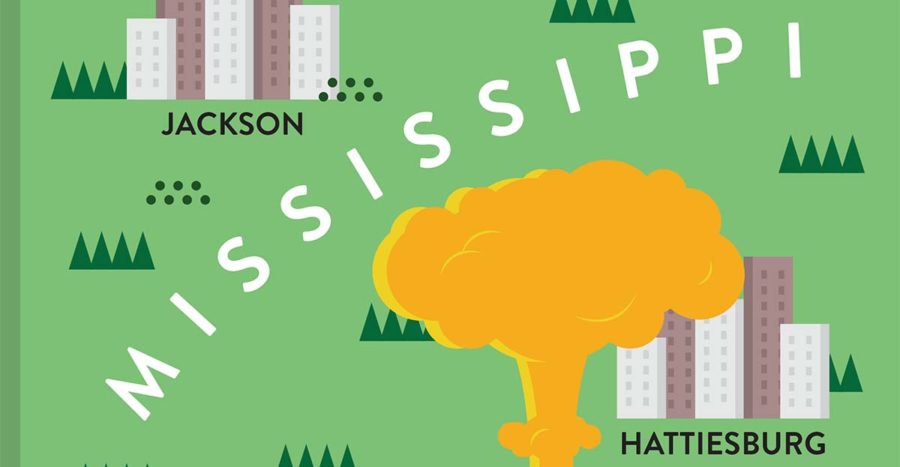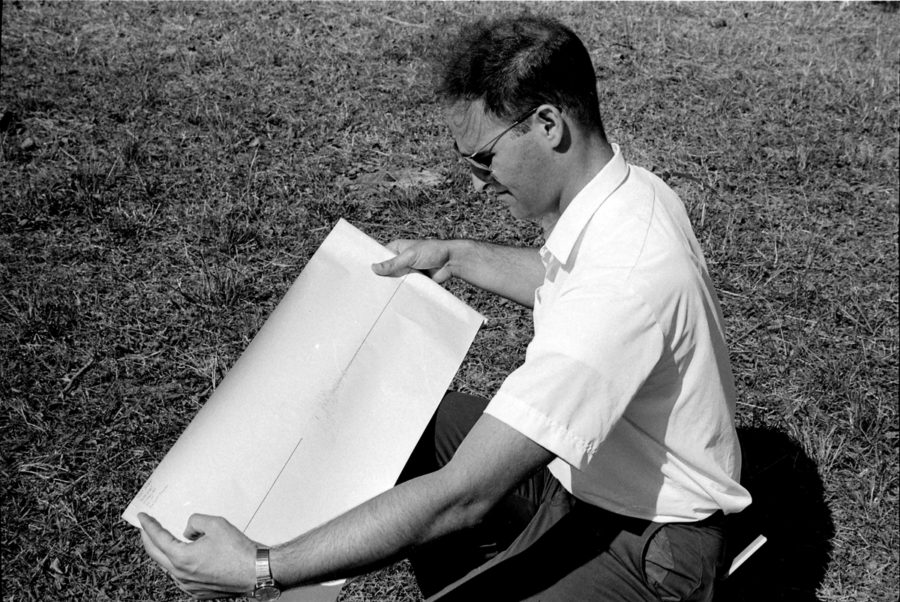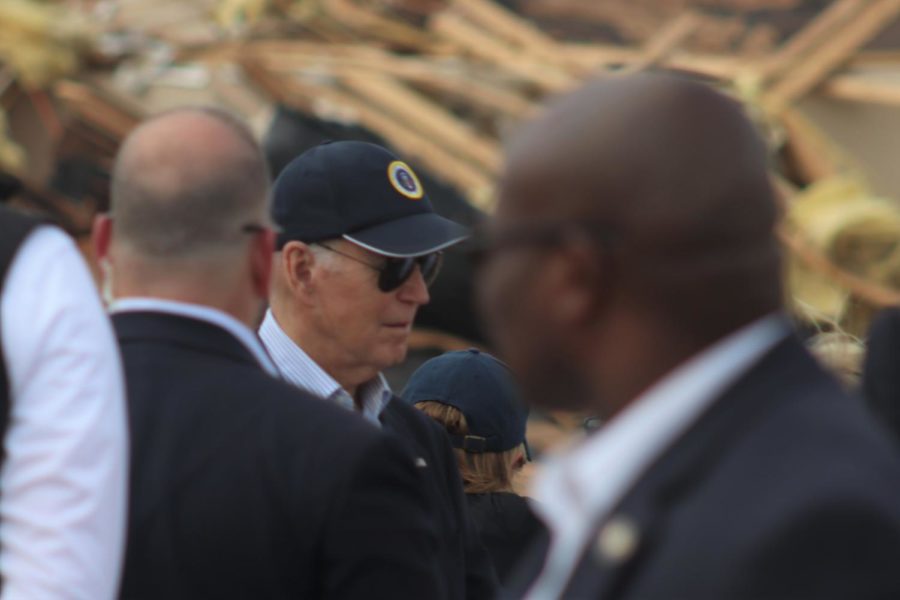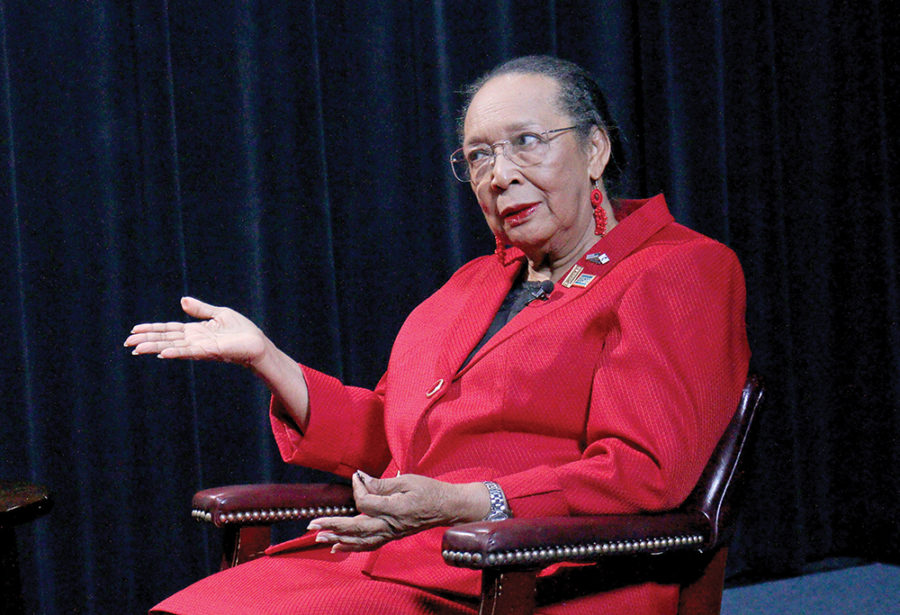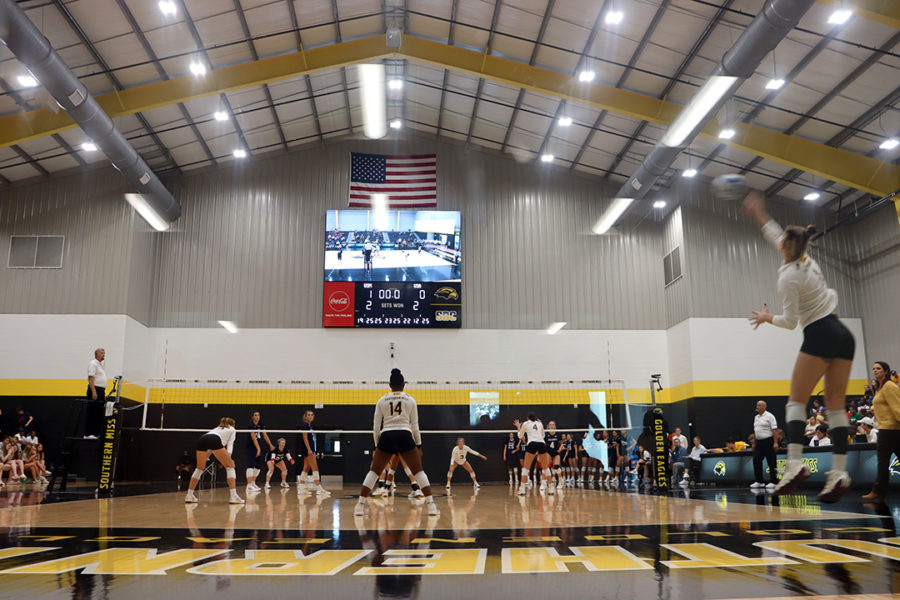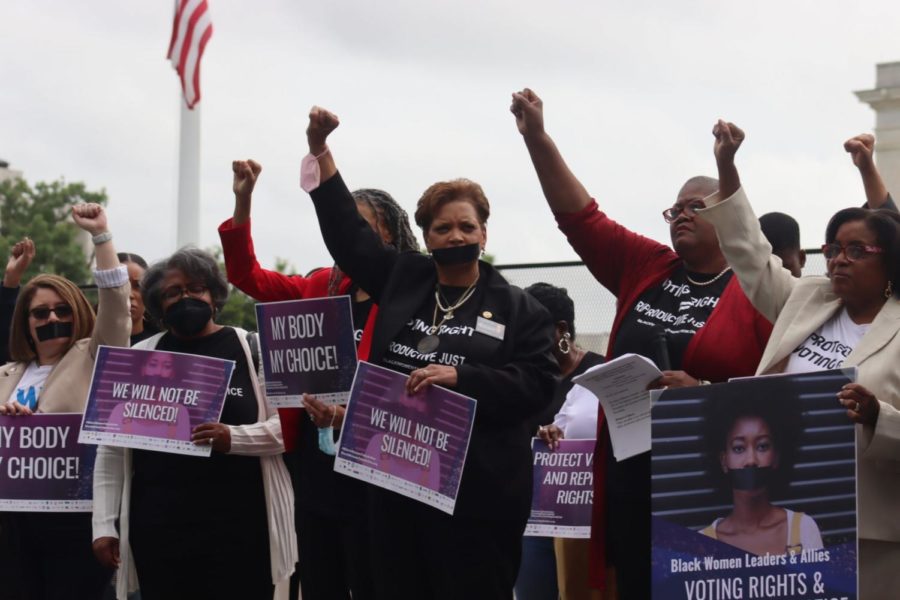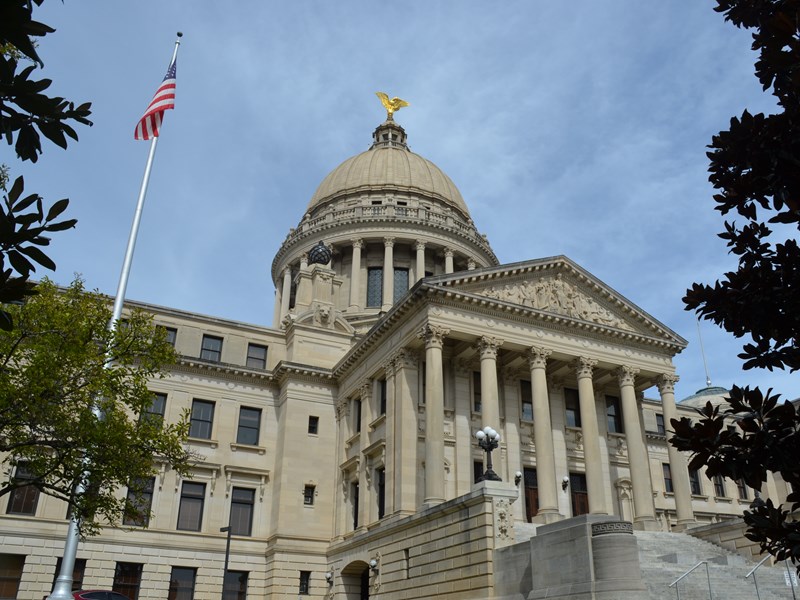Tom Breshears remembered that eerie morning in October 1964 when the Earth shook in silence from his parents’ home near Baxterville, Mississippi.
The whole community knew it was coming, so around 10 a.m., he walked outside in his yard and sat down on the ground. He said an engineer drove by his home and said, “Oh my God, get up off the ground. This thing will burst your insides.”
Then, three distinctive ripples heaved up the ground under his feet.
“You ever seen a rock thrown in a puddle? The way the ripples come out away from it? Can you imagine that in three-foot high dirt?” Breshears said today, as he compares it to the blast made by Project Salmon, a U.S. government nuclear test at Tatum Salt Dome, 2,700 feet below ground.
Feature – Resident tells rendition of shock wave
Oct. 22 marked the 50th anniversary of Project Salmon, the first nuclear test east of the Mississippi River, according to the U.S. Department of Energy Office of Legacy Management.
The Oct. 28, 1964, Student Printz shows a photo of a Confederate flag that “waves in the breeze over ground zero, the spot where a five-kiloton nuclear bomb was detonated.” Before the caption, one wrote the blast was the “shot felt ‘round the world.”
On that date, about 400 residents were evacuated from the area and were paid $10 per adult and $5 per child for their inconvenience. A week after the blast, more than 400 nearby residents filed damage claims, reporting damage to their home or their water wells were dry, according to Mississippi History Now.
About 28 miles away in Hattiesburg, the shock waves were felt by residents, including the editor of the Hattiesburg American, who said the newspaper building wobbled for three minutes.
Called Project Dribble, the series of tests were designed to improve the capability of the U.S. or its allies in detecting, monitoring and identifying underground nuclear detonations by other world powers, such as the USSR. The Atomic Energy Commission (AEC) and the U.S. Department of Defense detonated the Salmon Test in 1964 and Sterling Test in 1966.
The Salmon Test was about one-third of the power of the atomic bomb that destroyed Hiroshima in 1945, which killed approximately 80,000 people.
According to David Allen Burke’s book, “Atomic Testing in Mississippi: Project Dribble and the Quest for Nuclear Weapons Treaty Verification in the Cold War Era,” after the AEC tested various salt domes in Mississippi, it selected Tatum Salt Dome for the Salmon Test strictly for its underground rock formation.
The idea stemmed from the Cold War circa 1947, a point in time that the U.S. and the USSR were in direct competition with the development of nuclear weapons, according to Mississippi History Now. In 1963, Great Britain, the Soviet Union and the U.S. agreed to and signed the Partial Ban Test Treaty, which prohibited testing of nuclear bombs in the atmosphere or underwater, according to Burke’s book.
According to Mississippi History Now, a number of nuclear testing experts said it was not a good idea to prohibit underground testing, because some nations might cheat by secretly testing nuclear weapons underground.
At The University of Southern Mississippi, faculty members remember the explosion and reported that one can still find minor cracks from the blast around campus.
“(President David) McCain complained for years about the cracked walls in his residence,” said William “Bud” Kirkpatrick, a former USM employee and the longest, continuously serving employee at Southern Miss before he retired in 2002. Former USM President McCain lived in what is now the Ogletree House, which was formerly the president’s house.

President Emeritus Aubrey Lucas also remembered a long, distinctive crack that can be found staggering along the east side entrance of the Lucas Administration Building.
In 1964, 30-year-old Lucas was the USM Registrar.
“I do remember some discussion about there being cracks in buildings on campus, including the Lucas Administration Building,” Lucas said. “My recollection was that the cracks were caused by the Tatum Salt Dome blast.”
Lucas’ wife, Ella, also remembered her concern about what the blast might do to the atmosphere, especially the release of radiation because she worried for their four children.
According to thenewamerican.com, Mississippi Historical society said, “some Lamar County residents complained of lingering health effects in the decades after the blast. Some argued that the number of cancer deaths in the Tatum Salt Dome area is higher than national averages.”
However, they said no reports offer anything to support such health-risk claims.
According to Hattiesburg American archives, Mississippi Gov. Paul Johnson favored the nuclear project and announced the possibility to test in Lamar County in 1960. Senators John Stennis and James Eastland were eager to get federal money from atomic technology for the state.
In fact, many state and federal officials had a goal of using Project Dribble as the beginning of “a long, financial boon to the area,” according to Hattiesburg American archives. On Feb. 3, 1964, the Hattiesburg American published an article about the economic impact of Project Dribble, predicting the amount to be a staggering $15-20 million. However, the tests never resulted in any long-term economic development to the area.
Many residents in Lamar County see Project Salmon in 1964 as a distant memory from their younger years. Younger citizens, college students included, typically have never heard of Project Dribble, said Stephen Cresswell, a professor of history at West Virginia Wesleyan College and contributing author to Mississippi History Now.
“Many people will argue that nuclear weapons are an important part of a strong defense strategy for nations that control them, while many others believe that nuclear weapons make the world a very unsafe place,” Cresswell said. “(They have) potential to wreak tremendous harm to the environment and to end human society as we know it.”



